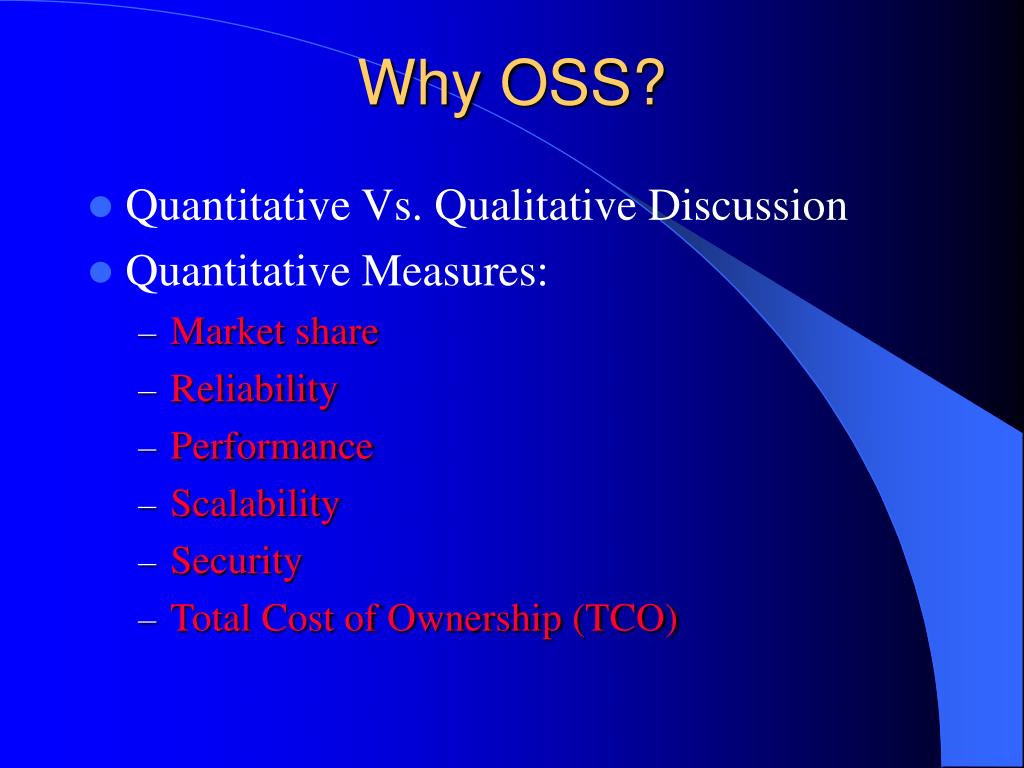

§ Recommends engaging in shop talk with other colleagues so that they can push your thinking. § Can often bring new perspectives and insights to the data. § Recommended once experienced at coding and for complex research projects involving multiple participants. § Recommended for novice researchers and simple research projects. § It is good to include in the dissertation appendix.

§ Keep one especially if you are working with multiple colleagues on the same project. § The number of suggested codes and themes varies among researchers. § Splitting is more time consuming and tedious, but it is more detail-oriented. § Even though lumping takes less time, it can sometimes leave out essential data. § “Lumping gets to the essence of categorizing a phenomenon while splitting encourages careful scrutiny of social action represented in the data (p.
#Double coding qualitative research code#
§ Recommends a three column approach: (1) Raw Data, (2) Preliminary Codes, (3) Final Code key words or phrases in the text that stand out upon an initial read. § Precoding is highlighting, bolding, underlining, etc. Therefore, it is our interpretation and we must recognize that. As the researcher, we are selecting where an essential break occurs, which might be different for someone else. O The way we format our coding and our documents is a choice and therefore influences the data analysis. § Only experienced researchers should code the essential because they are then able to feel which data are important and relevant for coding purposes. O Some advocate everything and anything as a data source. § “A theme is an outcome of coding, categorization, and analytic reflection, not something that is, in itself, coded (p. O The Differences Between Codes and Themes § They move from the particular to the general using inference, asserting that what happened in this particular context could occur in other similar contexts, or by predicting patterns that could occur in other contexts. § Theories are similar to key assertions. § “Qualitative inquiry demands meticulous attention to language and deep reflection on the emergent patters and meanings of human experience (p. § Categories can be broken down into sub categories, which are supported by codes. O “To codify is to arrange things in a systematic order, to make something part of a system or classification, to categorize (p. § “I advocate that qualitative codes are essence-capturing and essential elements of the research story that, when clustered together according to similarity and regularity – a pattern – they actively facilitate the development of categories and thus analysis of their connections (p. § “Coding is not just labeling, it is linking (p. § Coding filters differ by the researcher and are determined by the researcher’s lens.

difference (they happen in predictably different ways).“similarity (things happen the same way).§ Encoding entails identifying and labeling the datum with a code. § Decoding means reflecting on the data to figure out its essence. O “Just as a title represents and captures a book or film or poem’s primary content and essence, so does a code represent and capture a datum’s primary content and essence (p. O “A code in qualitative inquiry is most often a word or short phrase that symbolically assigns a summative, salient, essence-capturing, and/or evocative attribute for a portion of language-based or visual data (p. He also gives a rationale for why individuals code.Ĭhapter 1: An Introduction to Codes and Coding Summary: In this chapter, Saldana defines various terms related to codes and coding.
#Double coding qualitative research manual#
The coding manual for qualitative researchers.


 0 kommentar(er)
0 kommentar(er)
